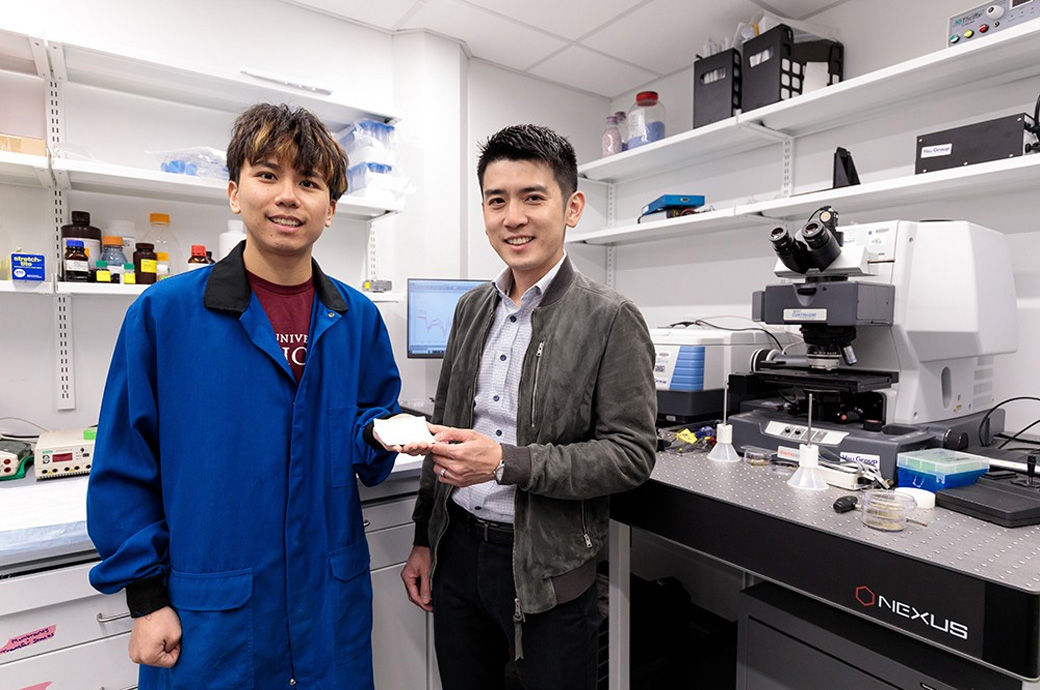
In a paper published recently in ‘Science’ journal, the researchers say the new textile reduces heat from both the sun and thermal radiation from nearby buildings.
In tests under the Arizona sun, the material kept 2.3 degrees Celsius cooler than the broadband emitter fabric used for outdoor endurance sports and 8.9 degrees Celsius cooler than the commercialised silk commonly used for shirts, dresses and other summer clothing.
This, the team hopes, will help many avoid the heat-related hospitalisations and deaths seen around the world this year.
Existing cooling fabric for outdoor sports works by reflecting the sun’s light in a diffuse pattern so it doesn’t blind onlookers. But in an urban heat island, the sun is just one source of heat, others being thermal radiation emitted from buildings, pavement and vehicles.
This means many materials that perform well in lab tests won’t help city-dwellers in places that experience extreme heat.
The sun and sidewalk cook with different heats. Creating one material capable of protecting wearers from both provided a major engineering challenge for the team.
“Solar is visible light, thermal radiation is infrared, so they have different wavelengths. That means you need to have a material that has two optical properties at the same time. That's very challenging to do,” said co-first author Chenxi Sui, a PhD candidate at PME, in an university press release.
“You need to play with material science to engineer and tune the material to give you different resonances at different wavelengths,” he explained.
The new textile, which has received a provisional patent, can help provide a passive cooling system that can supplement and reduce the need for energy- and cost-intensive systems.
A thicker version of the fabric protected by an invisible layer of polyethylene could be used on the sides of buildings or cars, lowering internal temperatures and reducing the cost and carbon impact of air conditioning.
Similarly, the material can be used to transport and store milk and other foods that would otherwise spoil in the heat, cutting refrigeration’s impact.
Fibre2Fashion News Desk (DS)